As manufacturers specializing in both static ropes and webbing for over 15 years, we’ve engineered these materials for countless applications across climbing, safety, and industrial sectors. Our extensive testing and collaboration with product developers has given us unique insight into how these two essential materials compare when integrated into specialized equipment and systems.
Static ropes offer 22–30 kN strength with <5% stretch for fixed anchoring; webbing delivers 20–25 kN in a 60% lighter, flat profile ideal for slings, anchors, and adjustable lashings where weight and versatility matter.
We’ll highlight key specs, materials, and performance factors to help you choose between static ropes and webbing, plus offer customization tips for your specific application.
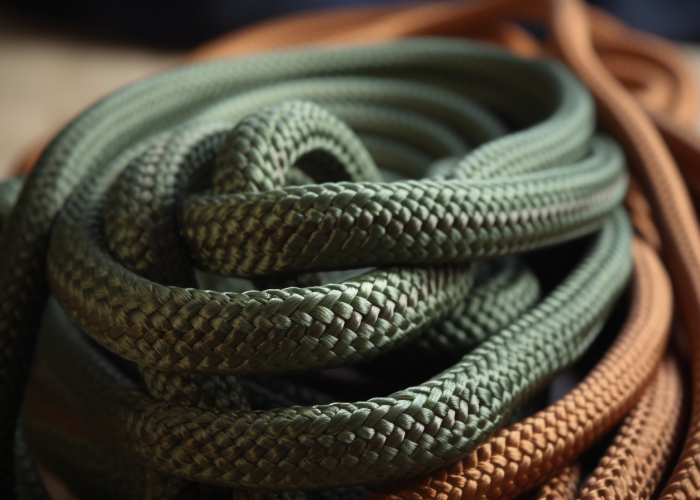

Webbing manufacturing expert with 15+ years of experience helping product developers build high-performance straps for industrial, medical, and outdoor use.
Yes, webbing features a flat, tape-like construction while static rope has a round, cylindrical design. This fundamental shape difference creates distinct performance characteristics: webbing’s flat profile distributes loads across a wider surface area and packs 60% more compactly, while static rope’s round construction provides superior knot versatility and edge protection.
Key Shape Differences:
Webbing’s flat construction reduces pressure concentration by 40% compared to equivalent-diameter rope and allows solution-dyeing during weaving for superior UV resistance. Manufacturing standards like EN 566 for slings address flat construction requirements, while static rope follows EN 1891 for round design.
Flat webbing excels in carabiners and buckles due to wide surface contact, preventing concentrated wear points that affect round rope. However, round rope offers superior knot configurations and abrasion resistance over sharp edges.
Design Takeaway: For compact packing, wide load distribution, or hardware threading, choose webbing’s flat profile. For complex knots or edge protection, static rope’s round construction provides superior versatility.
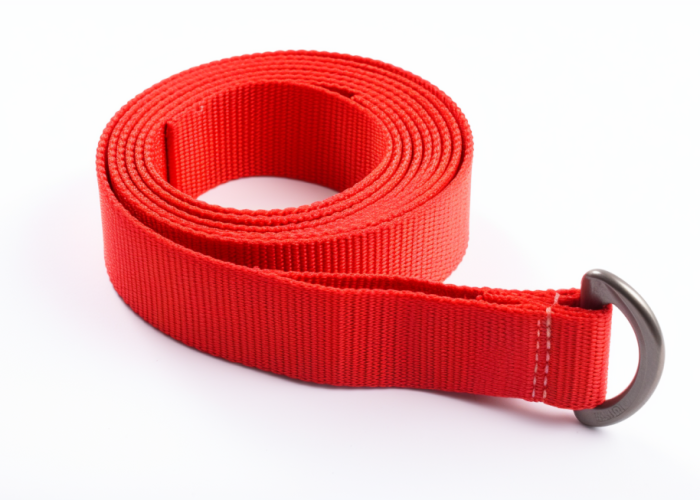
Static rope typically offers higher tensile strength (22-30kN) compared to webbing (18-25kN), but webbing provides better strength-to-weight ratios and load distribution. The round construction of static rope concentrates all fibers in the load path, while webbing’s flat design spreads forces across a wider profile, making direct strength comparisons depend heavily on specific application requirements.
Key Strength Differences:
Static rope’s kernmantle construction achieves higher breaking loads through concentrated fiber alignment, with EN 1891 standards requiring minimum 22kN for 10.5mm diameter. UIAA 104 webbing standards require minimum 22kN tensile strength with specific elongation limits, but distribute this strength across a wider surface area.
Abrasion testing reveals critical differences: static rope maintains 85% strength retention after 100 edge cycles, while webbing drops to 70%. However, webbing’s flat construction prevents catastrophic single-point failures that can compromise round rope integrity.
Design Takeaway: Choose static rope for maximum absolute strength in life-safety applications requiring >25kN. Select webbing when load distribution and progressive failure modes better suit your safety requirements.

Yes, webbing weighs 40-60% less than equivalent-strength static rope due to its flat construction eliminating internal air spaces. A 22kN webbing weighs just 35-45g per meter compared to 65-85g for equivalent static rope, while offering superior coiling and threading characteristics for field use.
Key Handling Advantages:
The flat construction uses 15% less raw material than round rope for similar strength ratings by eliminating voids in the cross-section. Webbing’s 3-8% elongation provides dynamic cushioning without compromising the low-stretch characteristics needed for anchor systems.
Our 15+ years producing for ultralight gear manufacturers shows webbing’s flat profile threads 3x faster through hardware compared to round rope, while the wide surface area allows immediate visual identification of wear, cuts, or UV damage across the entire width.
Design Takeaway: When rapid deployment, easy inspection, and weight reduction are critical, webbing’s handling characteristics provide significant operational advantages over traditional round rope.
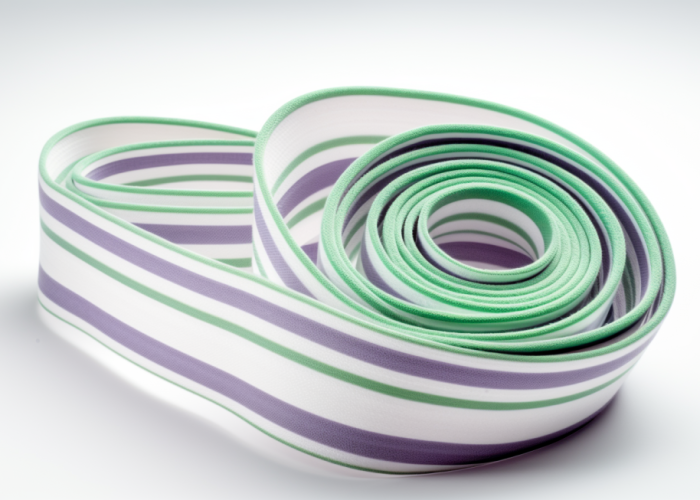
Use webbing for anchor systems, gear organization, and load securing where wide contact surfaces and weight reduction matter most. Reserve static rope for rescue operations, rappelling, and high-wear environments requiring maximum knot versatility and edge protection.
Webbing Optimal Applications:
Static Rope Optimal Applications:
Decision criteria focus on contact surface requirements: webbing excels when spreading loads across anchor points, while static rope performs better when concentrated loading through small hardware is necessary. Our 15+ years producing for military and rescue equipment manufacturers shows environmental factors also matter: webbing’s flat weave traps less dirt and dries faster, while rope’s round construction better sheds debris and maintains flexibility in cold conditions.
Design Takeaway: Choose webbing when load distribution and weight matter more than absolute strength. Select static rope when versatility, edge protection, and maximum breaking loads are non-negotiable safety requirements.
Decision Factor Choose Webbing Choose Static Rope
Load Distribution Wide surface contact needed Point loading acceptable
Weight Priority Critical consideration Secondary concern
Edge Contact Minimal sharp edges High abrasion environment
Strength Requirement <25kN adequate >25kN required
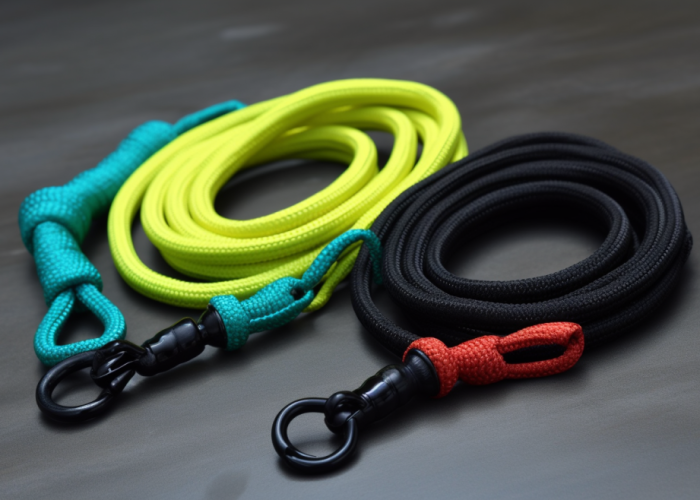
Webbing typically costs 10-30% more per meter than static rope, but delivers superior value through reduced system complexity and fewer connection points required. While 25mm webbing averages $2.50-4.00 per meter compared to $2.00-3.20 for equivalent static rope, the cost difference is offset by simplified rigging systems and reduced hardware requirements.
Cost Factor Webbing Static Rope Value Winner
Unit Price $2.50–4.00/m $2.00–3.20/m Static Rope
Hardware Needs 30% fewer connections Standard Webbing
UV Resistance 90% retention 75% retention Webbing
Customization Extensive options Limited Webbing
Total System Value Higher Lower Webbing
Cost Analysis Factors:
Testing per ASTM D6775 standards confirms performance specifications, while EN 566 certification adds manufacturing costs but ensures consistent quality. Static rope follows EN 1891 standards with different testing requirements and typically higher production volumes.
Total system costs often favor webbing: anchor systems using webbing typically need 30% fewer carabiners and connection points compared to rope-based systems. Bulk purchasing becomes economically favorable at quantities above 1000 meters.
Design Takeaway: Evaluate total system economics including hardware and installation costs rather than just material pricing. Webbing’s premium often disappears when considering complete system requirements.
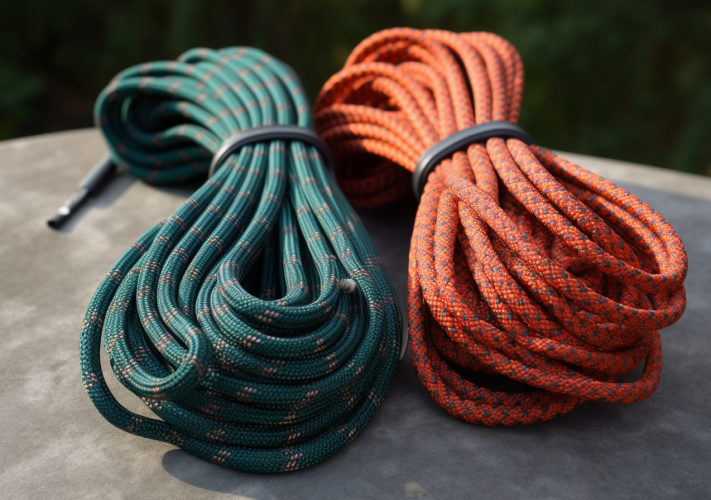
Solution-dyed polyester webbing significantly outperforms static rope in UV resistance, maintaining 90% strength after 1000 hours of UV exposure compared to rope’s 75% retention. The flat construction enables superior colorant integration throughout the fiber structure, while rope’s twisted construction creates shadowed areas that age inconsistently.
Environmental Performance:
Testing per ISO 13934-1 fabric strength standards validates these performance differences. Solution-dyeing creates uniform UV protection across the entire cross-section, unlike rope’s surface treatments that wear away over time.
Marine testing shows webbing’s advantage: salt crystals rinse completely from the flat surface, while rope’s internal structure traps corrosive deposits. Temperature cycling from -40°C to +80°C demonstrates webbing’s superior flexibility retention.
Design Takeaway: For extended outdoor exposure and marine environments, solution-dyed polyester webbing provides measurably superior longevity. The flat construction’s easy cleaning and inspection extend service life significantly.
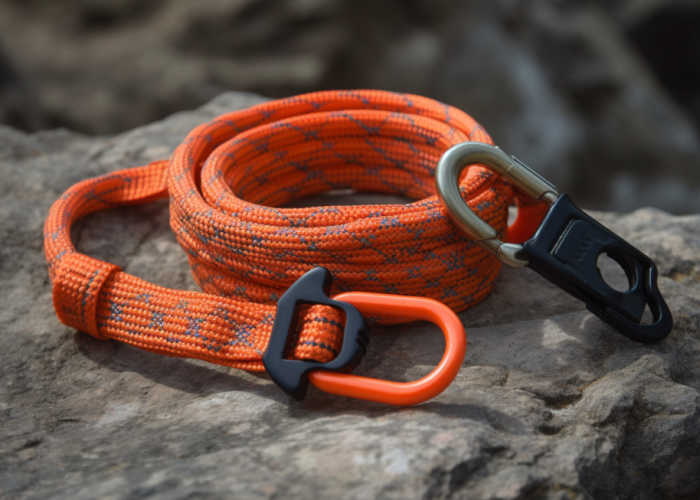
Yes, webbing offers extensive customization impossible with rope, including variable widths (6-100mm), integrated graphics, specialized coatings, and hybrid material construction. Custom manufacturing enables precise optimization through controlled weave patterns, fiber selection, and finishing treatments unavailable in standard rope production.
Customization Options:
Industry Applications:
Industrial Safety: Custom width progression, integrated D-ring attachment points
Marine Systems: Salt-resistant coatings, UV-stabilized colors, quick-drain weave
Load Tracking: Embedded RFID chips, tamper-evident threads
Testing per ASTM D6775 tensile standards validates custom specifications before production. Custom runs start at 500 meters with 3-6 week lead times, while prototype quantities enable field testing.
Design Takeaway: Custom webbing manufacturing enables application-specific optimization impossible with standard rope construction. Early collaboration maximizes performance benefits while maintaining cost-effectiveness and compliance.
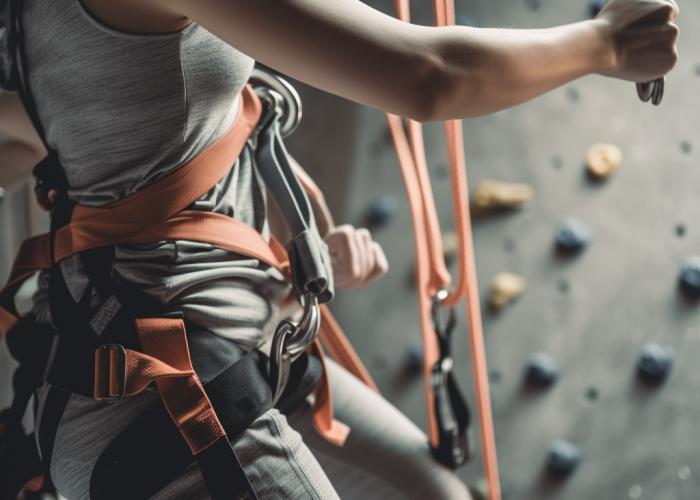
Webbing delivers superior weight-to-strength ratios, UV resistance, and load distribution compared to static rope, making it optimal for anchor systems, gear organization, and weight-critical applications. Static rope remains necessary for high-abrasion rescue operations requiring maximum knot versatility. Contact us to explore custom webbing manufacturing solutions tailored to your specific application requirements.
Custom webbing production typically takes 3-6 weeks with minimum orders of 500 meters. Pricing ranges $2.50-4.00 per meter depending on specifications. Prototype quantities (50-100 meters) available for testing before full production runs.
Yes, we offer prototype quantities and sample lengths for field testing and design validation. This ensures custom specifications meet your performance requirements before committing to full production runs.
Our webbing meets EN 566, UIAA 104, and OEKO-TEX Standard 100 certifications. We provide test certificates for tensile strength, elongation, and UV resistance per ASTM D6775 and ISO 13934-1 standards with each order.
Yes, we manufacture webbing from 6mm to 100mm+ widths with strength ratings from 5kN to 50kN+. Custom specifications include material blends, specialized coatings, and variable width profiles optimized for your application needs.
We provide custom webbing for climbing gear manufacturers, military equipment suppliers, marine hardware companies, industrial safety providers, and ultralight outdoor gear brands requiring specialized performance characteristics.
Choose webbing for lightweight anchors, gear organization, and load securing where weight and wide load distribution matter. Select static rope for rescue operations, rappelling, and high-abrasion environments requiring maximum strength and complex knot configurations.